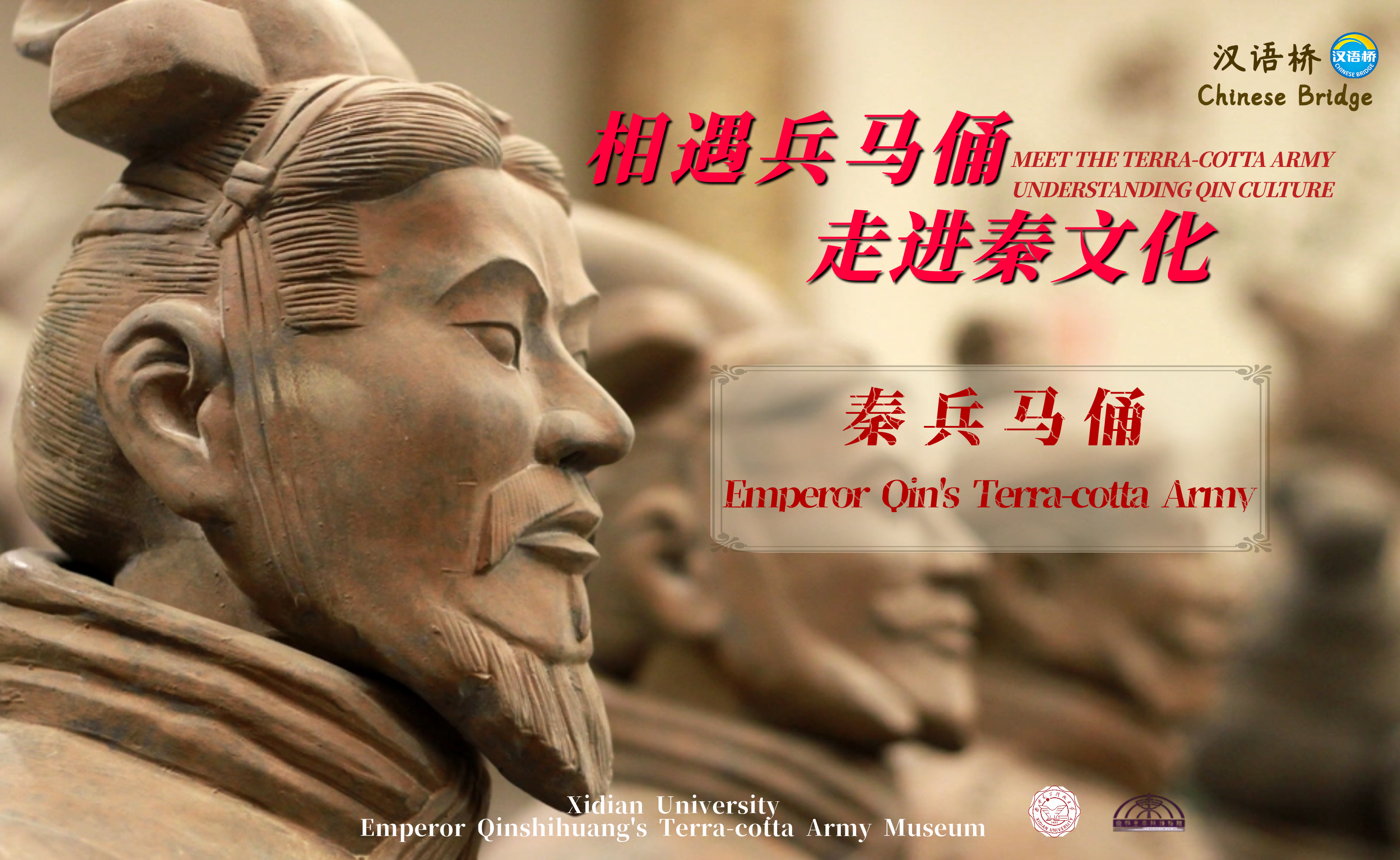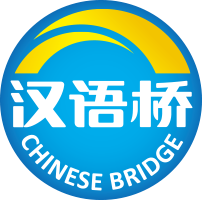The Emperor Qin’s Terra-cotta Army
秦兵马俑

Course Syllabus 课程章节
1In March 1974, a group of farmers in Xiyang Village, Lintong District, Xi'an City, Shaanxi Province, were digging a well that was 1.5 kilometers east of the Mausoleum of the First Emperor, that’s when they accidentally found fragments of pottery figures and ancient bronze weapons. Later, after the drilling and excavation of the archaeologists, a total of three terracotta pits were found, and they were named in chronological order of discovery: Pit No. 1, No. 2, and No. 3. The total area of the three pits is more than 20,000 square meters, and it is estimated that more than 7,000 pieces of terra-cotta warriors, more than 100 chariots and hundreds of thousands of weapons can be unearthed. These three pits are both independent and interconnected, forming a huge military fortress, symbolizing an army defending the mausoleum of the First Emperor.
1974年3月,陕西省西安市临潼区西杨村的一群农民,在位于秦始皇帝陵园东侧1.5公里的地方挖水井时,意外地发现一些陶俑的碎片和古代的青铜兵器。后来经过考古工作人员的钻探、发掘,共发现三座兵马俑坑,按发现的时间顺序,将其命名为:一号坑、二号坑、三号坑。三个坑的总面积有20000多平方米,估计可出土陶制兵马俑7000余件,战车百余乘,兵器数十万件。这三座俑坑既各自独立,又互相联系,组成一个庞大的军事营垒,象征着保卫秦始皇帝陵园的卫戍部队。




